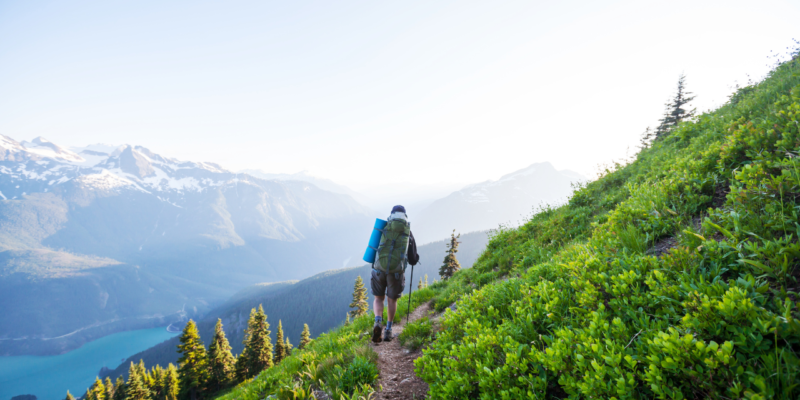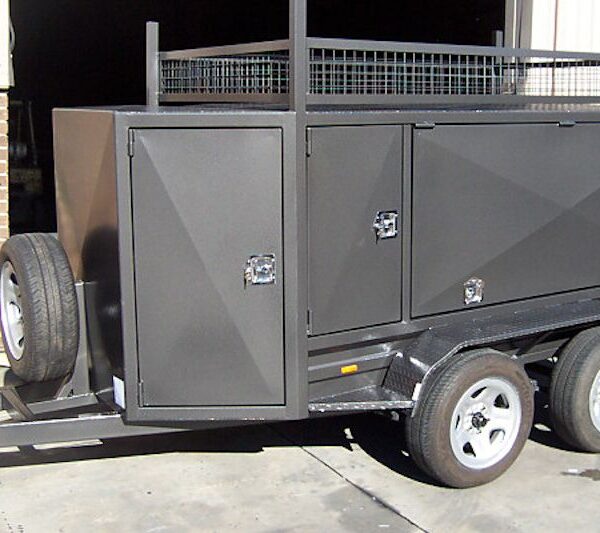
Outdoor activities are essential for health, well-being, and social interaction. However, many of these activities are not always accessible to individuals with disabilities. This challenge has prompted the development of adaptive gear, making outdoor adventures accessible and enjoyable for everyone, regardless of their physical limitations. This comprehensive guide explores the various types of adaptive gear designed for inclusive outdoor activities, ensuring everyone can participate and enjoy the beauty of nature.
Understanding Adaptive Gear
Adaptive gear includes any equipment modified or specially designed to enable people with disabilities to participate in outdoor activities. These innovations not only assist in mobility and activity but also ensure safety and enhance enjoyment.
Adaptive Gear for Various Outdoor Activities
Hiking
- Adaptive Walking Aids:
- All-Terrain Wheelchairs: These wheelchairs are equipped with durable, wide wheels that can navigate through rough outdoor paths, soft soil, and even shallow water bodies.
- Walking Sticks and Crutches: Specialized walking aids that have attachments suitable for different terrains, providing stability and support.
- Prosthetic Devices:
- Hiking Prosthetics: These are designed to handle the uneven surfaces typically found on trails. They often feature shock-absorbing components and dynamic feet that adapt to rocks, dirt, and other natural obstacles.
Camping
- Accessible Tents:
- Tents with Easy Access: These tents have features like wider doors, ramps, and zip-free closures that are manageable for someone in a wheelchair or with limited dexterity.
- Sleeping Systems:
- Adaptive Sleeping Bags: Designed for easy entry and exit, these sleeping bags often come with extra room and special closures to accommodate those who might struggle with traditional sleeping gear.
Water Sports
- Kayaking:
- Adaptive Kayaks: Features include outriggers for additional stability, seats with enhanced support, and paddles that are easier to handle.
- Transfer Benches and Boards: Assist individuals in safely moving from wheelchairs into kayaks or boats.
- Fishing:
- Adaptive Fishing Rods: These rods are equipped with holders that can be attached to wheelchairs or worn on the body, allowing individuals with limited hand strength or mobility to enjoy fishing.
Cycling
- Handcycles:
- Recumbent Handcycles: A great option for those with limited leg mobility, providing a comfortable reclining position and hand-powered pedals.
- Tandem Bikes:
- Tandem and Side-by-Side Bicycles: Allow those who cannot bike alone to enjoy cycling with a partner who can help steer and balance.
Winter Sports
- Skiing:
- Sit-Skis: These devices allow individuals who use wheelchairs to ski down slopes while seated.
- Adaptive Ski Equipment: Includes outriggers for balance and specially designed ski poles.
- Snowboarding:
- Adaptive Snowboards: Designed with bindings that accommodate various body positions and levels of mobility.
Challenges and Solutions in Using Adaptive Gear
- Cost:
- Solution: Seeking out nonprofit organizations that lend adaptive gear or provide financial assistance can help mitigate the high costs of specialized equipment.
- Availability:
- Solution: More outdoor recreational areas are recognizing the need for inclusivity and are starting to offer adaptive gear rentals on-site.
- Lack of Awareness:
- Solution: Increasing awareness through workshops, inclusive events, and online platforms can educate the public and encourage more widespread adoption of adaptive gear.
Future of Adaptive Gear
The future of adaptive gear looks promising with advances in technology and a growing emphasis on inclusivity in outdoor activities. Innovations such as powered exoskeletons and advanced prosthetics that mimic natural limb movements are on the horizon. These advancements promise to make outdoor experiences even more accessible and enjoyable for individuals with disabilities.
Conclusion
Adaptive gear plays a crucial role in making outdoor activities inclusive. It not only provides the necessary support and stability but also opens up a world of adventure that enhances life quality. As society progresses towards more inclusive outdoor recreational practices, the development and refinement of adaptive gear will continue to evolve, ensuring that the great outdoors is accessible to all, regardless of physical limitations.
FAQS
1. What are the best resources for finding adaptive gear?
Finding adaptive gear can seem daunting due to its specialized nature. However, several resources can help:
- Nonprofit Organizations: Many organizations dedicated to assisting individuals with disabilities offer resources for obtaining adaptive gear. They may also provide rentals or trial periods.
- Specialty Retailers: Some retailers focus on adaptive sports equipment and offer a wide range of products tailored for various physical needs.
- Online Communities: Forums and social media groups for adaptive outdoor activities often share valuable insights and recommendations on where to find the best gear.
2. How do I choose the right adaptive gear for my needs?
Choosing the right adaptive gear involves several considerations to ensure safety, comfort, and enjoyment:
- Consult with a Specialist: Before purchasing, it’s advisable to consult with a physical therapist, occupational therapist, or a specialist from a relevant nonprofit organization. They can provide guidance based on your specific needs.
- Try Before You Buy: If possible, test different types of gear to find what works best for you. This is particularly important for gear like all-terrain wheelchairs and handcycles.
- Read Reviews: Look for reviews from other users who share similar physical conditions to get firsthand insights into the gear’s performance and reliability.
3. Can adaptive gear be customized?
Yes, many pieces of adaptive gear can be customized to meet individual needs:
- Custom Fittings: Items such as prosthetic attachments for hiking or specialized seating for kayaks can often be custom-fitted by manufacturers to ensure optimal comfort and functionality.
- Adjustable Features: Many adaptive devices come with adjustable settings that allow users to fine-tune the equipment as their skills develop or as their needs change.
- Modular Components: Some gear includes modular components that can be added or removed to adapt to different activities or environments.











